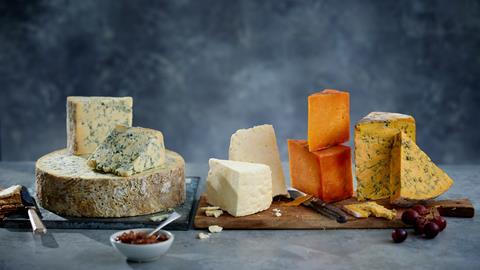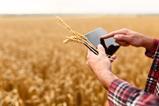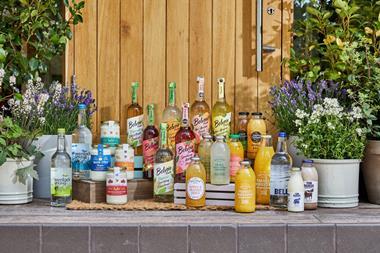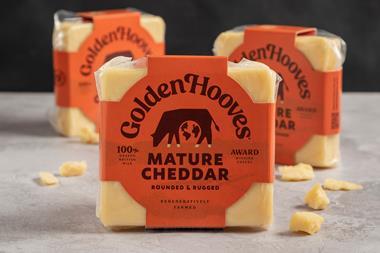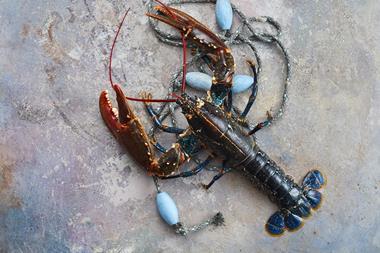With changes to the economy and environment, how can the production of cheese become cleaner? Find out how to develop tailored plans for lowering emissions.
Cheese doesn’t like change. You need stable temperatures and humidity to get the desired effect as it ages. Conditions must be just right. You might think that Britain’s cheesemakers, many of whom have used the same techniques and milk from cows grazed on the same pastures for generations, would be similarly change-resistant.
Well, you’d be wrong.
“The climate, government targets and consumer demands are changing, energy prices are soaring, and profits are going south,” says Kim Kettle, farm liaison director at Leicestershire’s Long Clawson Dairy, which has been making Stilton and other classic English cheeses such as Rutland Red and Shropshire Blue since 1912.
“This means we must be adaptable and open to change too. With costs escalating, the concern was that farmers would become entrenched, and conversations would be difficult. But we’ve been able to show how greater efficiency puts more money in farmers’ pockets. Now, nearing the end of my career we’re on a journey to reduce our emissions by 30% by 2030.”

Making blue cheese greener
So, Clawson wants to make its Stilton greener. Not literally, of course – Stilton’s blue veins are secure under its Protected Designation of Origin (PDO) status – but by encouraging all members of its farming co-operative to comprehensively measure their use of inputs such as feed, fuel and fertiliser and compare with milk volumes produced to identify where savings can be made.
To that end, Clawson is working with farm data and analytics specialist Map of Ag to measure the carbon footprints of the 32 Leicestershire, Nottinghamshire and Derbyshire farms that supply the dairy. “Around eighty per cent of our emissions come from our farms so if we don’t measure their footprints we just wouldn’t know where to start,” says Kettle.
“Now we’ve done the initial work, we’re concentrating on big, bold steps around the efficient use of feed, fertilisers, fuel and energy to ensure that we can hit our targets. By swapping inorganic for organic fertilisers and ensuring farmers are not overfeeding their herds we can help their bottom lines and reduce our impact on the climate.”
How low can emissions go?
Map of Ag’s analysis reveal a wide range of results across Clawson’s suppliers. Emissions of CO2 or equivalent greenhouse gases (CO2e) across the farms that supply the dairy average out at 1.09 kilos per kilo of milk solids produced, versus a UK average of 1.25kg of CO2e [Dairy UK. Depending on the individual circumstances, our farms have a range of emissions between 0.83kg, and 1.39kg.
Myriad factors determine how dainty or otherwise a farm’s footprint is. “This is about accurately measuring those factors and helping farmers understand where their emissions are coming from and where they can make savings – it’s not about advocating one system over another,” says Map of Ag head of sustainability Hugh Martineau.
“There’s always a theoretical minimum as to how much you can reduce greenhouse gas emissions by. If everything is working perfectly in a system, it can become a question of ‘how low can you go?’ If average emissions are 1.25kg CO2e per kilo of milk solids and a supermarket is asking for a 35% reduction but a farmer is already operating at 0.8kg that may not be possible. By measuring emissions, we can set realistic targets and share best practice.”
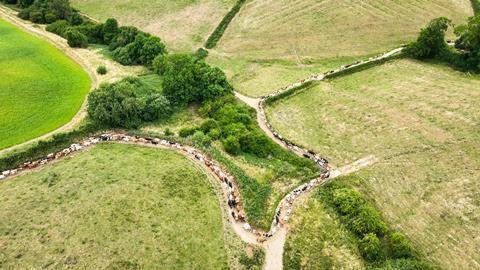
Balancing feed and fertiliser use
Dairy products do carry an emissions burden for a rather unsavoury reason: cows burp a lot of methane, which is at around 27 times more potent a greenhouse gas than CO2, according to current scientific thinking. As ruminants (a family that includes sheep, giraffes and camels), cows digest fibrous material like grass by fermenting it in a part of the stomach called the rumen. The more fibre a cow eats, the more methane it belches.
It’s not just CO2 and methane that farmers need to watch. Cows’ feed requirements depend largely on the quality of the pastures they graze, which can be boosted by the addition of nitrogen fertilisers to soil. These can be inorganic fertilisers derived from petrochemicals or from organic sources such as manure. The latter inherently has a smaller footprint, but inefficient use of either can result in excess nitrous oxide, a greenhouse gas that’s even more potent than methane, being released.
“Feed and fertiliser essentially amount to the same thing: a means of giving cows enough nourishment to produce milk,” says Martineau. “Farmers must strike a balance. Lower fertiliser use might mean less grazing and greater use of concentrate feed, which pushes up your emissions; lower concentrate feed use might mean that you’re using more fertiliser, which can also push up emissions.
Each farm is different, so are the possible paths to lower emissions.”
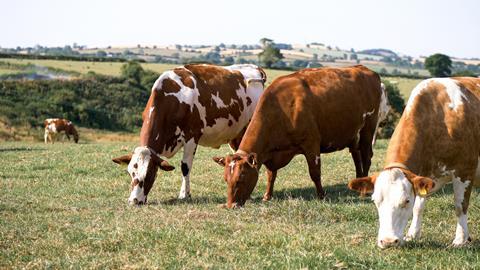
Developing individual action plans
Clearly, one size does not fit all. That’s why Map of Ag uses data from various sources such as farm management software and the British Cattle Movement Service to inform the analysis and generate the baseline – this reduces time and effort for farms and helps to measure inputs such as feed, fuel and fertilisers, head of cattle and milk production to build an accurate picture of individual farms’ footprints. It then works with farmers – factoring in everything from a farm’s system to breed of cattle – to develop tailored plans for lowering emissions.
“We haven’t just stuck a finger in the air,” adds Kettle. “There’s real analytical validity to the way Map of Ag works and this allowed us to build action plans for each of our 32 farmers. It’s a system that is adaptable and can flex around changes in guidance and scientific thinking. There is currently much scientific debate about how long methane stays in the atmosphere. If guidance changes, we can adapt and recalculate. That adaptability is crucial.”
More proof, if it were needed, that this cheesemaker is embracing change.
Find out more: https://www.purefarming.com/








